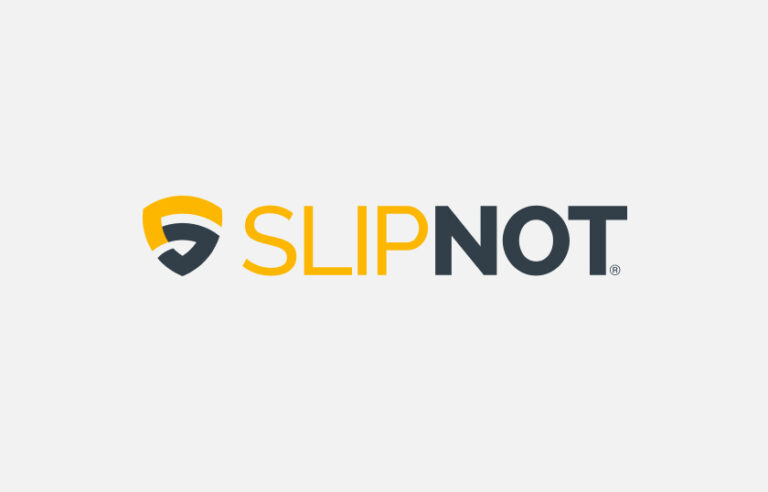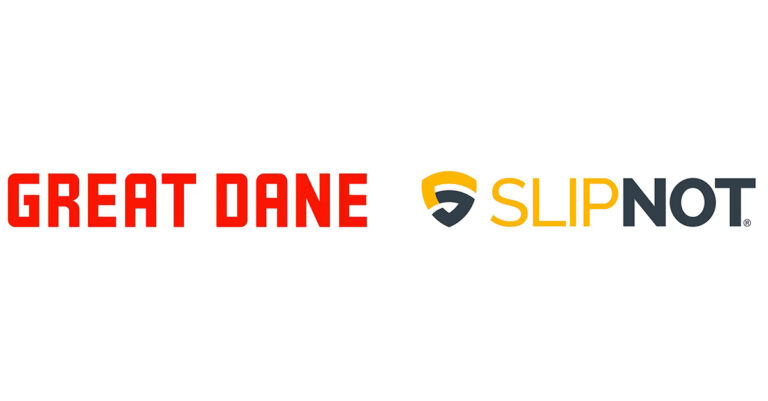Every day in the United States, over 16 million people at work in the manufacturing sector are at risk for injury and deaths while being exposed to dangerous workplace environments. The Centers for Disease Control and Prevention states long hours, changing shifts, exposure to hazardous materials, contact with machinery and slips and falls are all contributing factors to these injuries. Recently, the Occupations Safety and Health Administration (OSHA) has been focusing on encouraging workplaces to strengthen their safety programs. Protecting employees should be manufacturers’ first priority, but recent data shows otherwise. Employers may actually be discouraging their workers from reporting injuries occurred while on the clock.
According to a survey conducted by the Government Accountability Office, 116,000 of about 153,000 manufacturers in the United States (75 percent) had safety incentive programs that may decrease the amount of workers reporting of injuries and illnesses. With so many business having weak safety programs, the lives of millions of American workers are jeopardized daily. Safety programs in the workplace succeed when they promote employee respect and encourage active worker participation. By using incentives, staff will be more motivated to attend safety events which will help them understand the importance of reporting injuries.
The responsibilities of reporting workplace injuries fall on every level of employee at an organization, including all levels of management. In the past, the president of a large petroleum company contacted OSHA after he discovered a letter being circulated around his workplace. The letter stated “If you get injured on the job, you’re fired,” and “If you are a supervisor and your employee gets injured on the job, you’re fired too.” In reality situations similar these are occurring in the manufacturing sector throughout the United States on a daily basis.
In August, Safety+Health magazine published an article that states creating categories within safety incentive programs will help achieve a balanced program. The four categories that will help increase the number of injuries reported by employees are safe work, proactive safety, safety leadership, and safety engagement. The goal of the categories is to raise safety awareness and reduce incidents without encouraging non-reporting, similar to what was occurring when letters were being circulated at the large petroleum plant.
Employers are encouraged to offer cash rewards, time off, or other forms of recognition to reward individual participation. Incentives and rewards will help gain the respect of employees, and in turn increase the attendance and participation at safety events.
There is great diversity in manufacturing workplaces around the country, meaning safety programs will vary greatly. With the industry constantly changing, updating safety standards regularly is crucial to any safety programs success. Employers are encouraged to find and use the right tools to permanently reduce risks in the workplace. Injuries from slipping and falling can be prevented before workers get injured and feel the pressure to not report it. Installing safety materials, such as SLIPNOT non slip products, keeps employees on their feet. Providing employees with permanent safety resources, combined with incentives to increase their participation in safety programs will create a well balanced and effective safety program.
Flynn, Richard. “Designing a Safety Incentive Program.” Safety + Health Aug.-Sept. 2012: 56.
Michaels, David, Dr. “Steel Manufacturers Association Safety.” Speech. Steel Manufacturers Association Safety Committee Meeting. Virginia, Arlington. United States Department of Labor. Occupational Safety and Health Administration. Web. 19 Nov. 2012. <http://www.osha.gov/pls/oshaweb/owadisp.show_document?p_table=SPEECHES>.
“Manufacturing Program Description.” Centers for Disease Control and Prevention. Centers for Disease Control and Prevention, 28 Sept. 2012. Web. 19 Nov. 2012. <http://www.cdc.gov/niosh/programs/manuf/>




